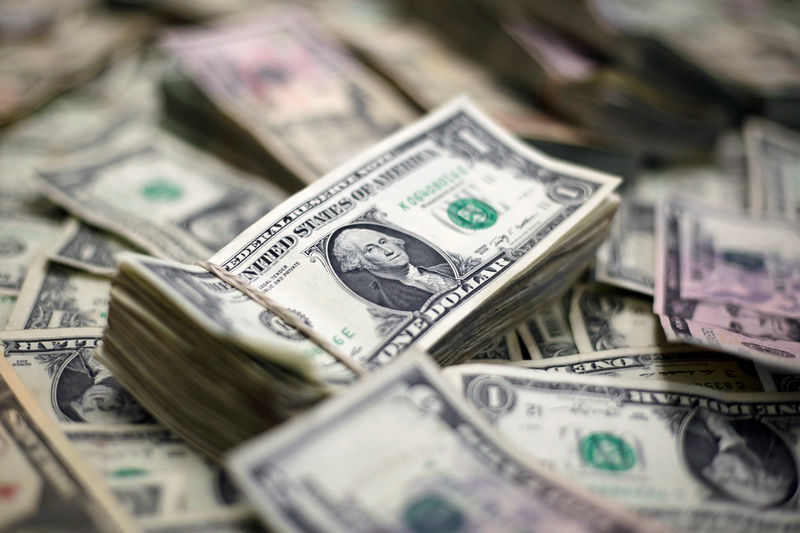
The dollar almost did not respond to the speech of US President Donald Trump, which touched on issues of trade and budget, but did not give investors many surprises. In an annual speech on priorities for the coming year, President Trump declared that illegal immigration is a serious national problem, and confirmed his intention to build a wall. Trump also said that any trade agreement with China "must include real structural changes to put an end to unfair trade practices, reduce chronic trade deficits, and protect American jobs." There were no surprises in Trump's address, he didn't declare an extraordinary "financial" position and didn't make any important comments on China, and in general, the fall of the Australian dollar seemed to attract more attention.
The Australian dollar collapsed when the head of the Central Bank, Philip Lowe, announced a possible rate cut, after talking about tighter monetary policy in the future for over a year. In his first public speech this year, Lowe said that the stakes could go in any direction, depending on the labor market and inflation. The Australian dollar, as a result, fell immediately by 1 percent. Note that the growth of the yen against the oppressed Australian was considered as a factor influencing the dollar/yen rate, and the US dollar has already reached a five-week maximum of 110.165 yen. The dollar manages to keep up well, despite the decline in yields on Treasury bonds.
 English
English 
 Русский
Русский Bahasa Indonesia
Bahasa Indonesia Bahasa Malay
Bahasa Malay ไทย
ไทย Español
Español Deutsch
Deutsch Български
Български Français
Français Tiếng Việt
Tiếng Việt 中文
中文 বাংলা
বাংলা हिन्दी
हिन्दी Čeština
Čeština Українська
Українська Română
Română

